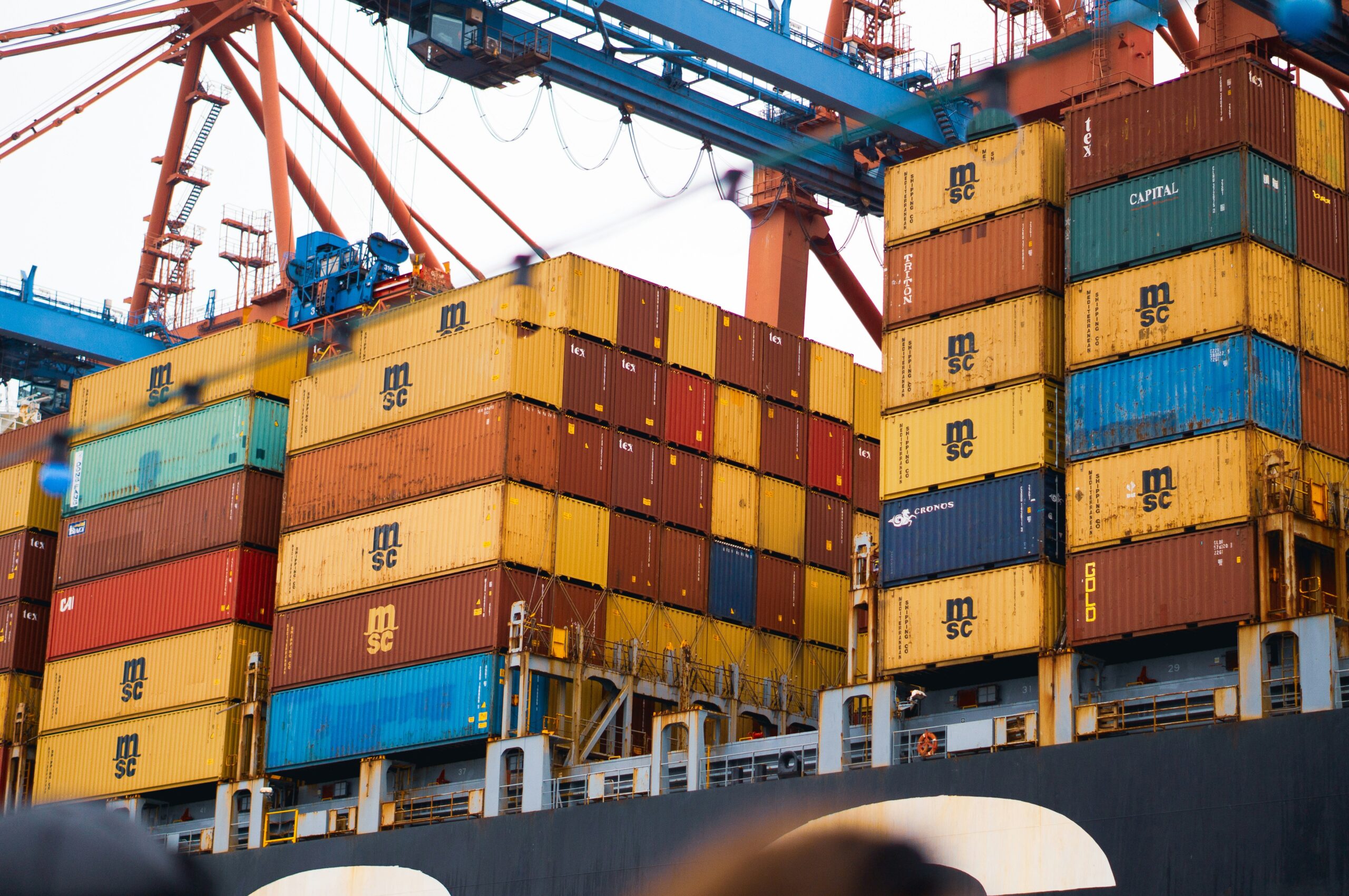Let us look at the trade agreements Austria has with other countries

Bilateral economic relations with North America
Austria has always had significant trading ties with the North American countries of the United States and Canada. Together, the two countries account for over 6% of Austria’s international commerce, with the United States accounting for nearly 91% of that. Following a record high of € 17 billion in 2017, Austrian goods trade with North America increased by 6.7 percent to € 18.15 billion in 2018.
For the first time in 2018, Austria’s goods exports to the United States surpassed the € 10 billion barriers, making it the country’s second-largest export market, trailing only Germany. The United States is Austria’s major export destination outside the EU and Europe, accounting for more than 7% of total exports. With about € 6 billion in imports in 2018, the United States is Austria’s second-largest trading partner outside of Europe, after China.
Austrian exports to Canada increased by 7.4% in 2018, reaching a new high of € 1.2 billion. Austrian imports from Canada, on the other hand, fell by 14% to € 339 million. Taken total, Austria’s product trade with Canada increased by over 17% to € 1.6 billion, a new high.
Bilateral economic relations with Latin America
Austria’s trade links with Latin America accounted for 1.45% of Austria’s total trade in 2018. Commerce with the region accounts for nearly a fifth of Austria’s trade with America, with a volume of € 4.4 billion.
With €1.3 billion in exports in 2018, Mexico remained Austria’s most important export market in the region, accounting for 43 percent of Austrian exports. Brazil finished second with $883 million in exports (28 percent of Austrian exports to Latin America). However, Brazil remained Austria’s most important import partner in 2018 (€ 454 million), followed by Mexico (€ 380 million) and Chile (€ 380 million) (168 m).
Austria- India
Desirous of establishing and expanding direct trade links between their respective countries, the Austrian Federal Government and the Government of India have agreed as follows:
1st Article
The contracting parties agree that where necessary under the laws and regulations applicable in either country, import and export licenses will be granted under such laws and regulations up to the yearly quantity or value mentioned against each item in Schedules ‘A’ and ‘B’, which are attached to this Agreement and shall be taken to form an integral part of this Agreement.
Second Article
By mutual agreement between the contracting parties, the annual quantity or value of any of the goods listed in Schedules ‘A’ and ‘B’ can be changed or new items added.
Third Article
Articles I and II of this Agreement are without prejudice to the rights of nationals or firms of either country engaging in business transactions involving goods and commodities that are not covered by this Agreement, as long as they are subject to and in compliance with the laws and regulations of the contracting party in force at the time.
Fourth Article
During the term of this Agreement, the contracting parties agree to consult with each other on any matters arising from or in connection with the delivery of goods between the two countries in line with this Agreement to simplify its execution.
Fifth Article
This Agreement enters into force immediately after receiving the consent of both governments. It will be effective through June 30, 1950, and for such other periods as may be mutually agreed upon before that date.
Germany – Austria
Germany’s southern neighbor Austria has not just a common language and culture, but also a shared history dating back millennia. The Holy Roman Empire of the German Nation included both Austrians and Germans and the Holy Roman Emperors hailed from the House of Habsburg for numerous centuries.
Germany and Austria have particularly tight political ties as neighbors, based on mutual trust. Because Germany and Austria face many of the same political, economic, and social difficulties, the partner country’s developments are of great importance.
Austria’s most important economic relationship is by far Germany. Austria is one of Germany’s most important trading partners, with an annual trade volume of over 100 billion euros. Austria is home to numerous German enterprises with branch offices and manufacturing sites. Before COVID, Germany was one of the most popular tourist destinations for Germans, with around 14 million tourists and 57 million overnight stays in 2019. In Austria, there are roughly 330,000 German nationals.



